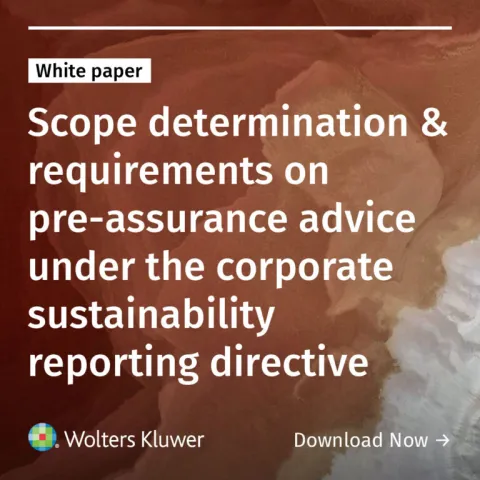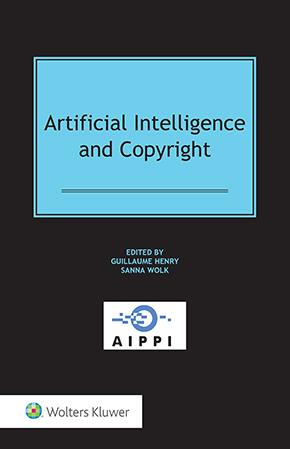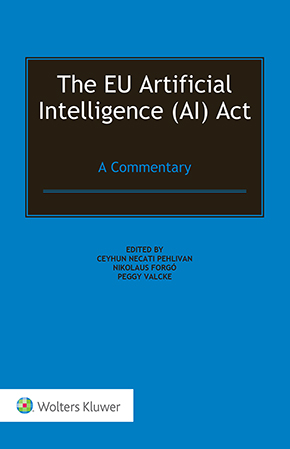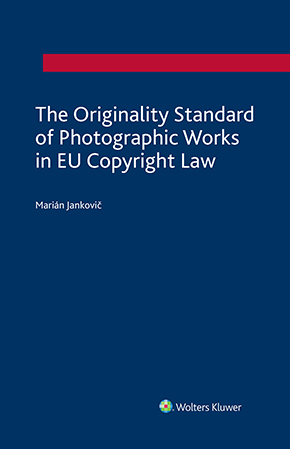Australia’s Productivity Commission proposes fair dealing for text and data mining
September 24, 2025
With AI and copyright debates continuing around the world, the Australian Productivity Commission recently released its interim report on Harnessing Data and Digital Technology. The report focuses on AI technologies and how to harness them to increase productivity. One of the questions raised in the report is “whether current Australian copyright law is a barrier to building and training AI models.”
Currently, Australian copyright law does not provide for specific exceptions that would allow the use of content in AI training, nor does it provide right holders with remuneration schemes that would allow them to receive remuneration when their works are used in AI training processes (see here). According to the Commission, “There are concerns that the Australian copyright regime is not keeping pace with the rise of AI technology – whether because it does not adequately facilitate the use of copyrighted works or because AI developers can too easily sidestep existing licensing and enforcement mechanisms.”
The report proposes several alternative policy options, including:
• no policy change – which means copyright owners would continue to enforce their rights under the existing copyright framework, including through the court system
• policy measures to better facilitate the licensing of copyrighted materials, such as through collecting societies
• amending the Copyright Act to include a fair dealing exception that would cover text and data mining.
The below text focuses on the third option, the fair dealing for text and data mining.
The proposed text and data mining exception
Over 10 years ago, the Australian Law Reform Commission Report on Copyright and the Digital Economy (2014) recommended copyright law amendments to enable text and data mining by adopting a fair use approach to copyright exceptions – or, failing that, through a new fair dealing exception. The Australian Government has since indicated that it is not inclined to introduce a fair use regime. In this recent report, the Productivity Commission is considering whether there is a case for a new fair dealing exception for text and data mining (a ‘TDM exception’).
According to the Commission, “Such an exception would cover not just AI model training, but all forms of analytical techniques that use machine-read material to identify patterns, trends and other useful information. For example, the use of text and data mining techniques is common in research sectors to produce large datasets that can be interrogated through statistical analysis”. Also, “a TDM exception would not be a ‘blank cheque’ for all copyrighted materials to be used as inputs into all AI models. (…) the use must also be considered ‘fair’ in the circumstances – this requirement would act as a check on copyrighted works being used unfairly, preserving the integrity of the copyright holder’s legal and commercial interests in the work. There may be a need for legislative criteria or regulatory guidance about what types of uses are likely to be considered fair.”
Is it a good idea?
Large international AI developers tend to argue that they do not invest in AI projects in Australia as they do not have proper copyright exceptions. Indeed, at present, large AI models are trained overseas, not in Australia. However, as the Commission recognizes, “It is unclear whether the introduction of a TDM exception would change this trend.” I would agree and argue that copyright law is certainly not the first thing international AI companies consider when deciding where to train their next model. Otherwise, they would have moved their AI businesses to, for instance, Japan or Singapore, which have the most extensive exceptions, or to jurisdictions with weak copyright enforcement frameworks.
Also, the Commission notes that large AI models (including generative AI and large language models) are generally available to be used in Australia, and the introduction (or not) of a TDM exception is unlikely to affect whether AI models continue to be available and used in Australia. This might be true, unless Australia follows the EU path and introduces a requirement that AI systems offered in Australia should comply with Australian copyright law. This solution is a double edged sword. Australian right holders feel it is unfair that, despite the broad protections they have in Australia, their works are used in training overseas and then the models trained with inter alia their works are made available for use in Australia. But if AI providers had to comply with Australian copyright laws, would this affect the availability of foreign models in Australia or the price consumers have to pay to access them?
According to the Commission, A TDM exception could make a difference to whether smaller, low compute models (such as task-specific models) can be built and trained in Australia, such as by Australian research institutions, medical technology firms, and research service providers. This might be true. On the other hand, keeping in mind that these firms build smaller models, and much it would cost for them to license the content, is it not likely they would consider it worth paying the licensing fees, especially keeping in mind the high value they expect to derive from these models when they are deployed? One should keep in mind that AI developers all around the world – including in jurisdictions with fair use and TDM – are increasingly signing the deals to access high quality content for training purposes.
Of course, if an AI developer needs to use online content from multiple online sources (e.g. scraping websites online), licensing is not an option as there is currently no one-stop-shop to license this content. However, instead of an exception for such commercial uses, the government could consider the development of a licensing scheme that would enable one-stop-shop licensing and ensure remuneration flows to right holders. If such a scheme is to be developed, stakeholders would need to carefully consider how to ensure that licensing fees collected from local AI developers reach local right holders (rather than primarily those overseas) and are equitably distributed among authors and secondary right holders.
A text and data mining exception for non-commercial TDM (e.g. non-commercial research institutions) sounds more reasonable, keeping in mind the innovation potential they offer and laws in other jurisdictions that allow non-commercial TDM (EU, UK, Japan).
In addition, if fair dealing for TDM were introduced, how would it be different from a straightforward TDM exception (as e.g. in the EU and UK)? According to the Commission, the use of works should not only be for TDM purposes, but “the use must also be considered ‘fair’ in the circumstances.” Without more specific guidance, determining whether a use for TDM purposes is fair or not would be very difficult and mean legal uncertainty for all stakeholders involved. Guidance might help a little, if it establishes situations that are considered or presumed to be fair, but still there will be other uses that would fall into a grey area. Australia is not a litigious society, and it might take decades to provide more certainty around this concept. Perhaps a better way would be to adopt a specific TDM exception, with clear limitations, which is the approach that was adopted not only by the EU but also by the UK, which also has a tradition of fair dealing exceptions.










